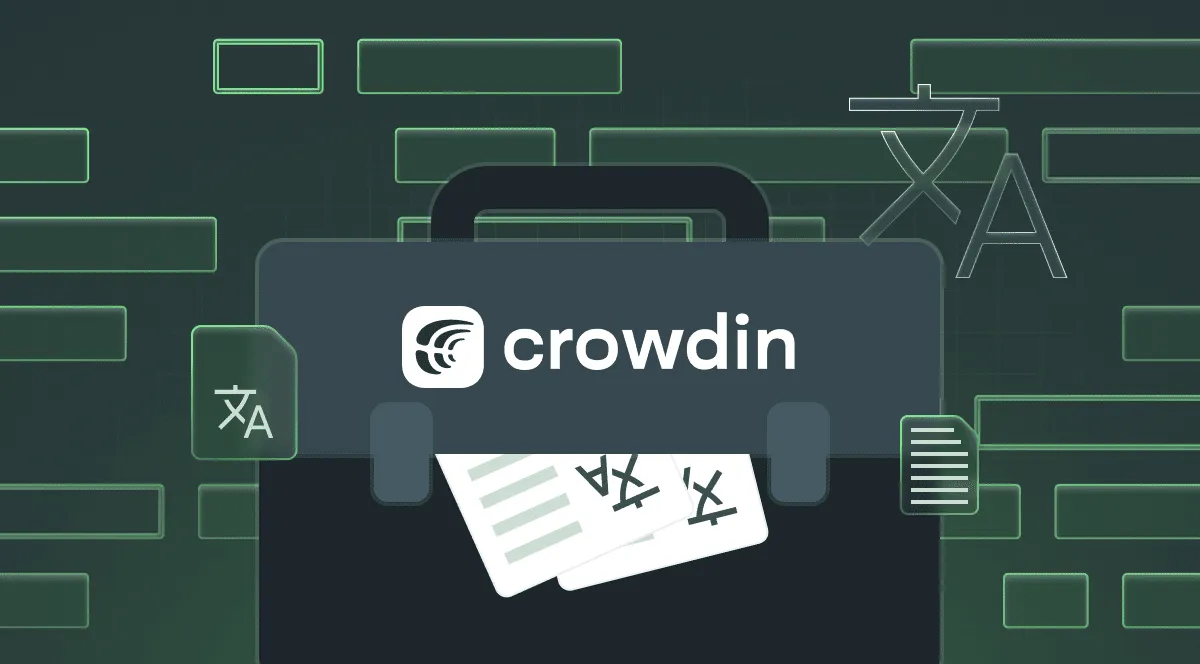Expanding your business beyond borders unlocks incredible potential. But how do you effectively communicate with a global audience? The challenge is about translating your entire business to build trust and connection.
This guide will teach you what business translation is all about. You’ll explore different types of content and discover smart strategies and useful tools. We’ll also show you how Crowdin and its expert partners can help you translate your business successfully.
What is a Business Translation?
So, what is business translation? Forget the dusty dictionaries for a moment.
Business translation is the process of adapting all your business content from one language to another. This includes website content, marketing materials, legal documents, technical manuals, and product descriptions. The goal is to communicate clearly, boost international sales, and keep the brand consistent worldwide.
You see, it’s not just about swapping one word for another. That’s a translator’s job, sure, but a business translation goes way beyond. It’s about ensuring your message lands with the same punch, the same feeling, and the same clarity in a new market as it does at home.
Here’s a quick example to make it clear: Imagine you have a marketing tagline like “Thinking outside the box”. It’s a common phrase for creativity in English, right? However, if you translate that literally into many other languages, it becomes nonsense. People might wonder what box you’re even talking about?
A good enterprise translation wouldn’t just translate the words. It would find a culturally relevant way to express “innovative thinking” that makes perfect sense to the local audience. See the difference? It’s about the meaning and the feel, not just the exact words.
Want to Translate Your Business?
Understanding Types of Business Translation
When you start translating your business, you’ll find that not all translations are created equal. Different business goals, different types of content, they all need a unique approach. It’s like having a specific tool for a specific job. You wouldn’t use a hammer for a screw, right? Getting it right means knowing what kind of translation your particular content really needs.
Each type has its own set of rules, its own specific challenges, and needs a particular kind of care to get it right.
Marketing & Transcreation
Marketing translation is often more about transcreation – literally “creative translation”. This means the linguist doesn’t just translate; they recreate your message to evoke the same emotions in the new language. Think about catchy taglines, social media posts, or emotional ad campaigns. What sounds clever in English could fall totally flat, or even be confusing, if directly translated. It’s about capturing the spirit of your marketing, making it feel like it was born in that new market.
Technical Translation
Then there’s technical translation. It requires clarity, accuracy, and very specific terminology. This includes:
- User manuals.
- Product specifications.
- Safety instructions.
- Patent applications.
- Technical website descriptions, etc.
Here, getting the words exactly right is critical. A misplaced comma or a wrong technical term in, say, a medical device manual, could have serious consequences. Linguists for these translations must be fluent in the language. However, they also need a deep understanding of the technical field involved.
Legal Translation
When it comes to legal translation, you absolutely cannot mess around. This covers:
- Contracts.
- Terms of service.
- Privacy policies.
- Patents.
- Regulatory documents, etc.
Here, accuracy is a non-negotiable requirement. Even a tiny error or misunderstanding of a legal term could lead to massive problems, fines, or even lawsuits. Legal translation needs highly specialized linguists. These experts must understand the legal systems of the source and target countries.
Online Business Translation
Finally, let’s talk about your online presence, which is often where the bulk of online business translation happens. You’re translating all the text on your website, app, or software interface. But it also involves adapting the user experience (UX) to local preferences.
Think about date formats, currency symbols, how buttons are laid out, and even payment options. This type of translation combines:
- Marketing creativity for public-facing pages.
- Technical precision for menus and instructions.
- Consideration for cultural nuances in digital design.
AI Translation: Good Start, But Not the Whole Story
Now, I know what you might be thinking. With all this talk about efficiency and global reach, what about AI translation? Tools like Google Translate or DeepL are pretty amazing, right? They’ve come a long, long way, and for getting the gist of an email or understanding a quick foreign phrase, they’re fantastic. They’re fast, often free, and can handle huge volumes of text in seconds. And yes, they absolutely have a role in the broader localization process.
But here’s the honest truth: for your actual business translation relying solely on AI translation just won’t cut it. You need an AI localization strategy that combines AI and human expertise.
Where AI Hits Its Limits
Think about it: AI works by crunching massive amounts of data, finding patterns, and predicting the most likely translation. It’s incredibly smart at language mechanics. But it doesn’t have a heartbeat. It doesn’t understand:
- Cultural Nuance: AI doesn’t get inside jokes, historical references, or how people actually talk in various regions. It can translate the words, but it misses the unspoken meaning.
- Emotion and Tone: Your brand’s voice carries emotion, doesn’t it? AI struggles with sarcasm, empathy, humor, or the specific persuasive tone your marketing needs. It often produces text that sounds flat, generic, or even robotic.
- True Context: While AI is getting better, it can still miss the bigger picture. It doesn’t know if your “delivery” refers to a package, a speech, or a baby being born, without clear human-provided context. This can lead to awkward, confusing, or even harmful misinterpretations.
- Brand Identity: Your brand has a unique personality. AI can’t instinctively adapt that personality to resonate authentically in a new culture. That requires human creativity and cultural insight.
While AI is a powerful tool that can help speed things up and handle workaday tasks, it’s not a magic bullet. It’s like having a super-fast car, but you still need a skilled driver to navigate unfamiliar roads and get you exactly where you need to go safely. For critical, customer-facing content, the human touch is simply irreplaceable.
Recent Crowdin experiments show that providing context can boost GenAI translation quality for specialized content, with improvements up to 64.9% over basic methods.
Making It Happen: Smart Tips for Global Growth
What is the best way to make business translation effective, especially if you’re a busy manager or SMB (small-medium business) owner? It might seem like a huge mountain to climb, but honestly, it’s all about taking smart, manageable steps.
For a successful global launch, consider these steps:
1. Don’t Try to Do It All at Once
Do you think you need to translate everything into 20 languages overnight? Take a breath! Instead, pick your most promising new markets first. Maybe it’s just your core website pages, your best-selling product descriptions, or the onboarding flow for your app. Focus your initial efforts where they’ll have the biggest impact, learn from those experiences, and then expand from there. It’s about smart, calculated growth, not a mad dash.
2. Partner with the Pros: Beyond Just Translators
For specific tasks, individual freelance translators are excellent. But if you’re looking to gradually expand your business, think about partnering with a localization agency. They can bring more to the table than just language skills. Agencies offer project management, cultural consulting, and often have a network of experts. They understand the whole picture, making sure your message always makes perfect sense.
3. Cultivate a “Localization-Ready” Mindset
Encourage your whole team, from product developers to content creators, to think globally from day one. When you’re writing a marketing campaign, or even just naming a product, ask yourself: “How will this translate? Will this image be understood everywhere?” Designing with localization in mind from the very start can save you a ton of time, money, and headaches later on.
4. Smart Tech Usage
Use a localization management platform (LMP) like Crowdin to manage translations. LMP centralizes your content, creates Translation Memories, and manages terminology with Glossary. The platform integrates with Machine Translation for first drafts. Human linguists then refine these for cultural relevance. This blend of smart tech and human expertise makes the process faster and more affordable. Our next section will dive deeper into how to choose the right business translation software.
5. Listen, Learn, and Adapt
Once your localized content or product is out there, don’t just set it and forget it. Actively seek feedback from your new audience. Are they confused by anything? Is something not quite landing right? User reviews, local customer support interactions, and market research are invaluable. It’s an ongoing conversation, not a one-time translation job.
Choosing the Right Business Translation Software
Selecting the right translation management system (TMS) is a critical decision for any business. A good solution helps you manage your content in one place. It automates workflows and ensures consistency and quality. When evaluating options, consider these key aspects:
Integration Capabilities
Your chosen software should connect with your existing tools, such as your CMS, version control systems (GitHub, GitLab, Bitbucket), design tools (Figma, Sketch), and marketing platforms. For easy and automated content synchronization, Crowdin is a top choice. It offers almost 700 apps and integrations, allowing for parallel localization. This means developers can continue their work while translators receive updates in real-time, preventing bottlenecks.
Features for Efficiency and Consistency
Look for Translation Memory, which reuses past translations for consistency and cost savings. Also, check for Glossaries to manage approved terms. Crowdin provides both, allowing you to easily create, manage, and share these resources. It also offers In-Context preview for many file formats. Now translators see how their text will appear on your website or app. Screenshot feature provides important visual help. It helps minimize errors and improves translation quality.
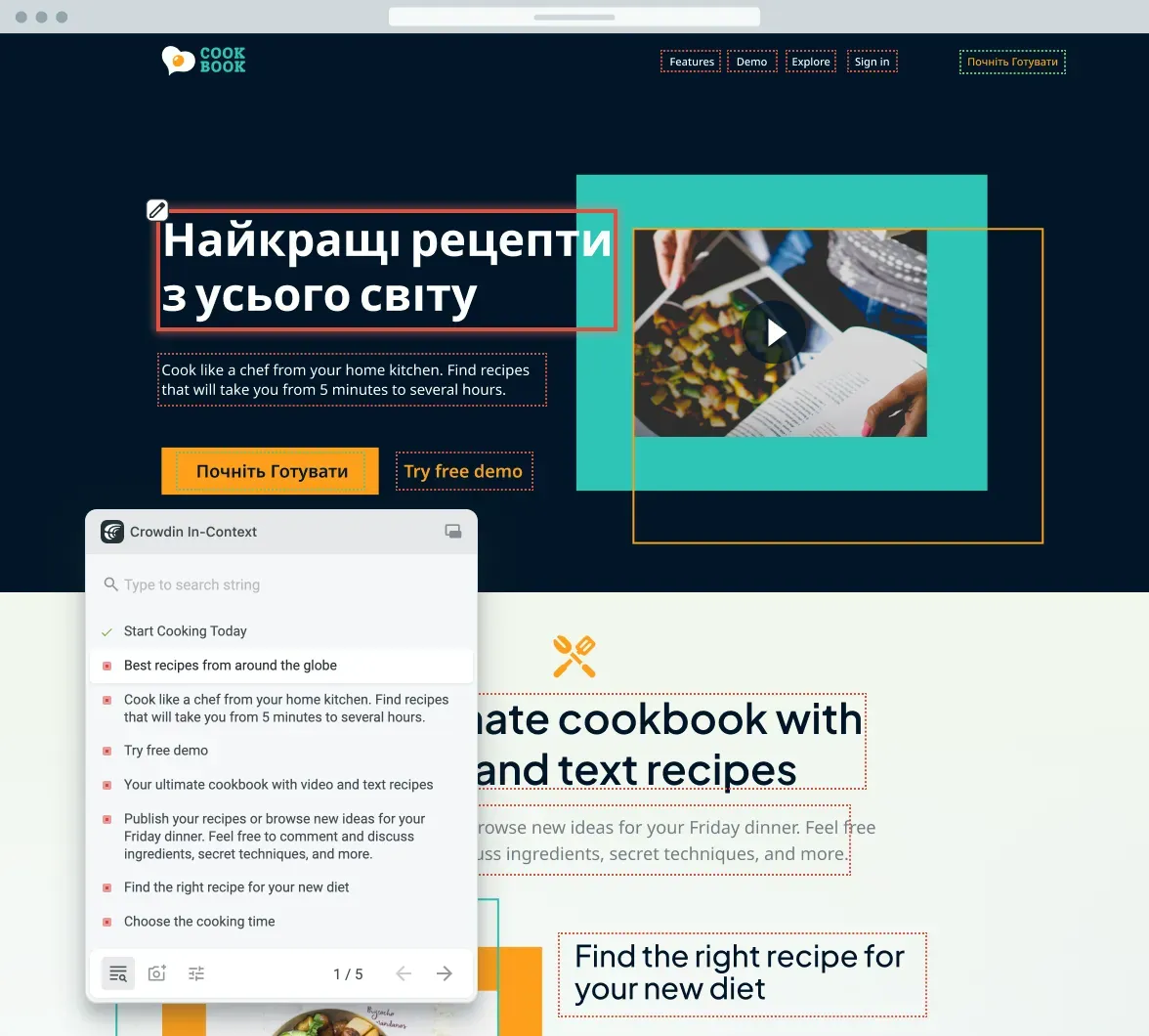
Collaboration and Workflow Management
A strong platform encourages teamwork. It connects all involved, like translators, proofreaders, project managers, developers, and marketers. Crowdin offers real-time collaboration features, as:
- Commenting.
- User roles with granular permissions.
- Customizable workflows.
This means your in-house teams, freelance linguists, and external agencies can work together on the same platform.
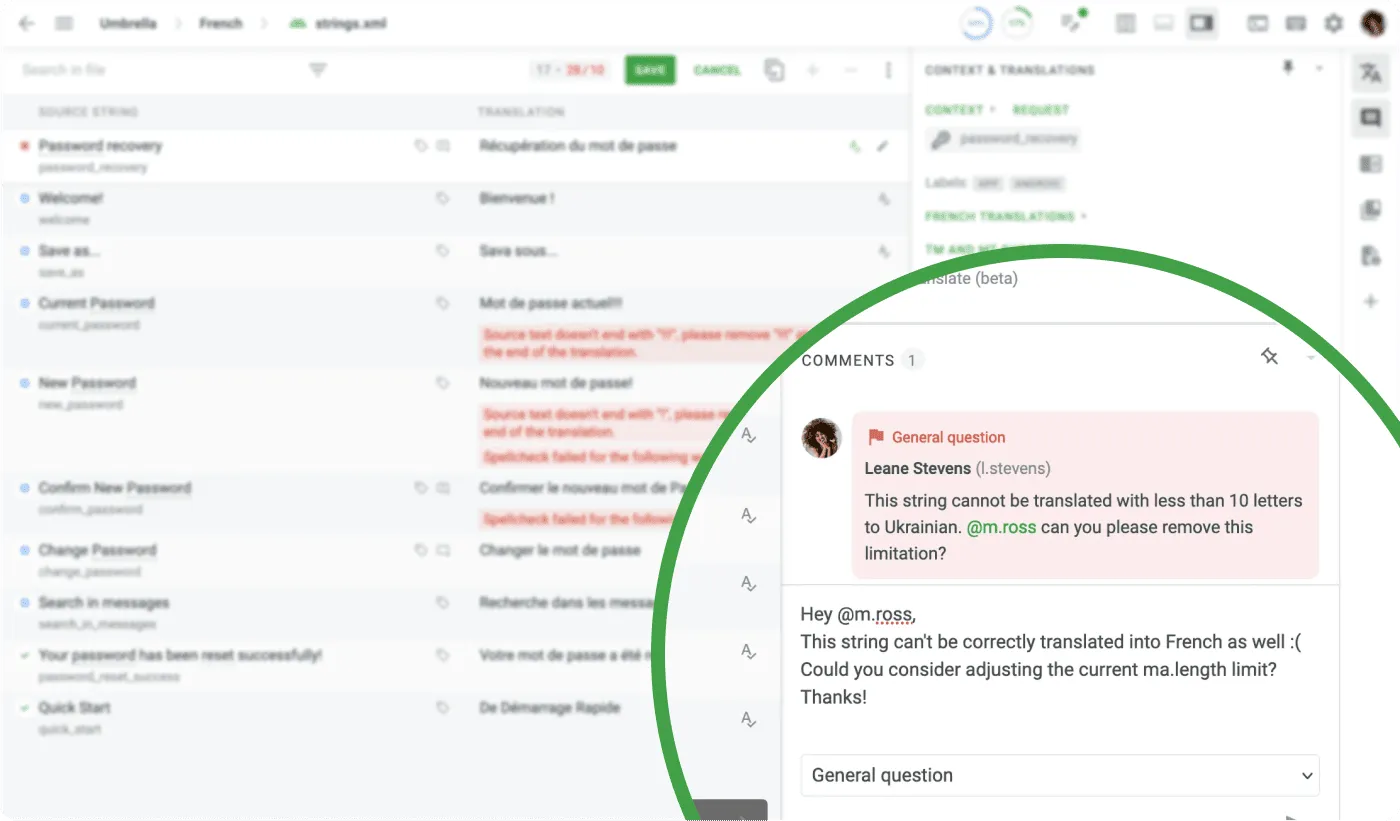
Support for Diverse Content and File Formats
The platform should handle various file formats without complex conversions. Crowdin supports over 100 file formats. This means less manual work to prepare files and a smoother process for adding content to your translation workflow.
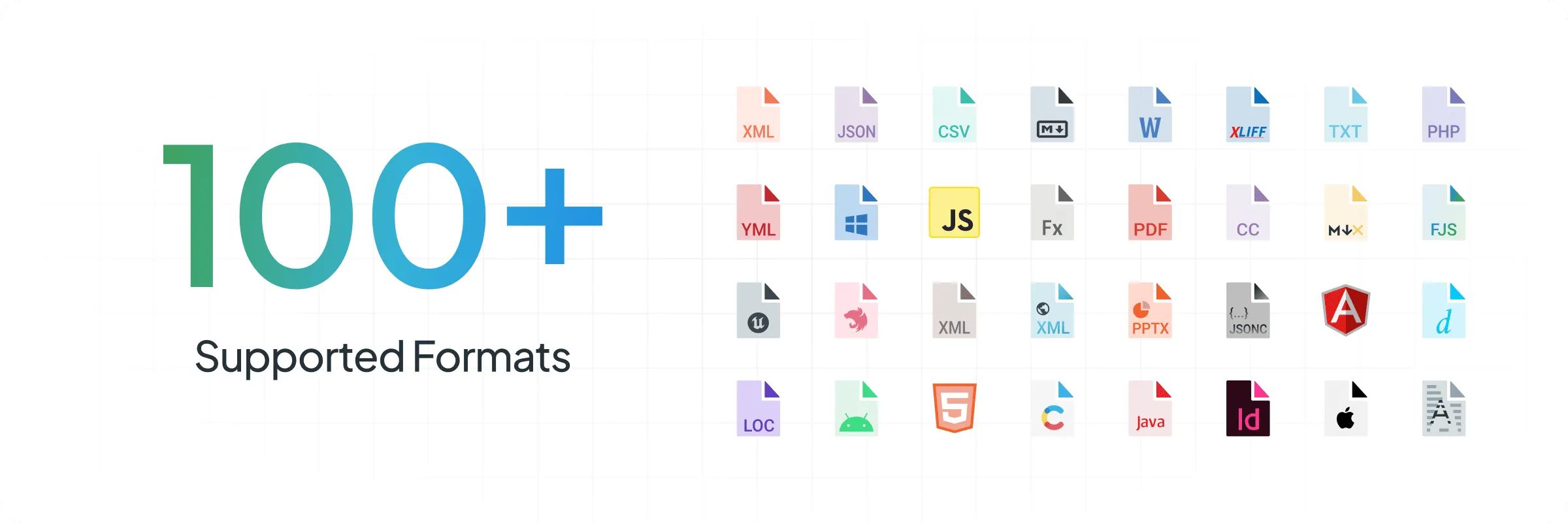
AI and Machine Translation
Modern localization heavily relies on AI and Machine Translation (MT) for speed and efficiency. The ideal software integrates these technologies while allowing for essential human oversight. Crowdin supports a wide range of AI providers, including OpenAI (ChatGPT), Google Gemini, DeepL, and Amazon Translate. This allows you to choose the best-fit AI for your needs. You can also bring your own API keys for enhanced data privacy and control.
With AI in Crowdin, you can:
- Generate initial translation drafts.
- Automate quality checks.
- Summarize the text.
- Rephrase the content.
- Adjust tone and style.
- Limit characters for strings (ensuring UI fit).
- Add Context (e.g., via screenshots, string identifiers, file context).
- Apply User Rules for customized AI behavior.
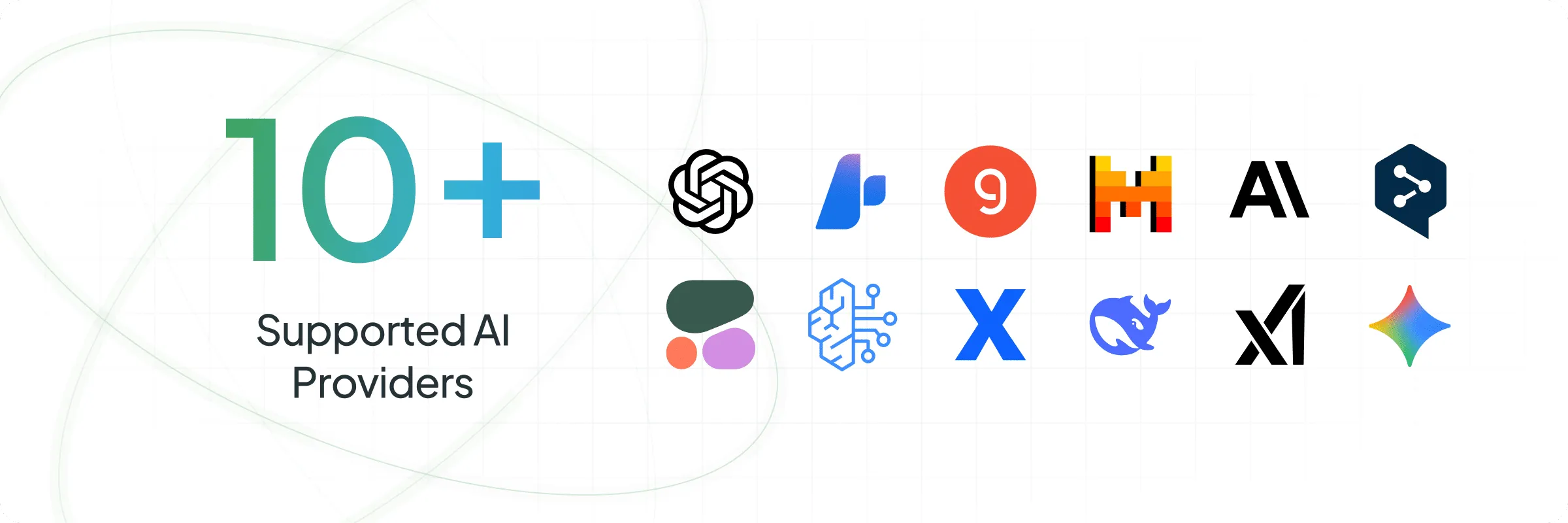
Scalability and Security
As your business grows, your localization needs will expand in terms of languages, content volume, and team members. The software must be scalable to meet these demands. Crowdin Enterprise is specifically designed for large organizations. It offers advanced security features, such as ISO/IEC 27001 certification, 2FA, IP allowlist, and SSO. Additionally, it provides comprehensive user management and unlimited number of projects and users.
This ensures your data is secure and your processes can scale without limits.
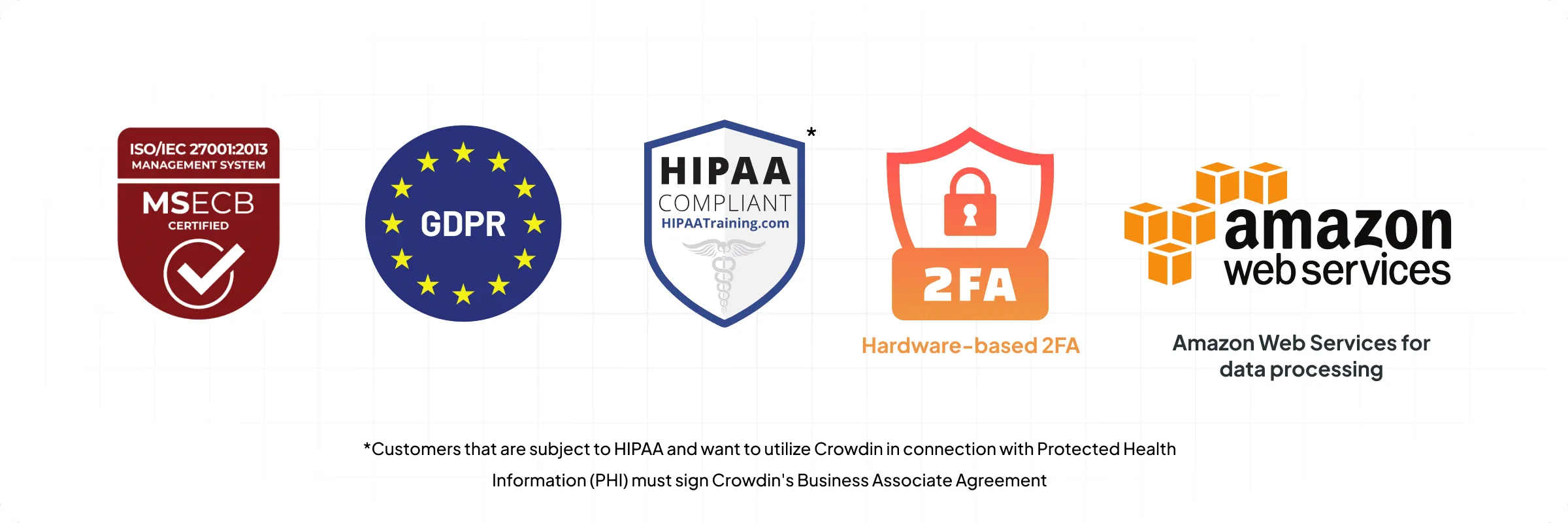
Not sure which solution is right for your business?
Examples of Business Translation Companies Partnering with Crowdin
Crowdin has a hand-selected network of translation vendors and localization experts. These companies work with Crowdin to provide all sorts of translation and localization solutions.
These agencies are part of Crowdin’s hand-selected network. They are chosen for their expertise in using the Crowdin platform to achieve excellent results.
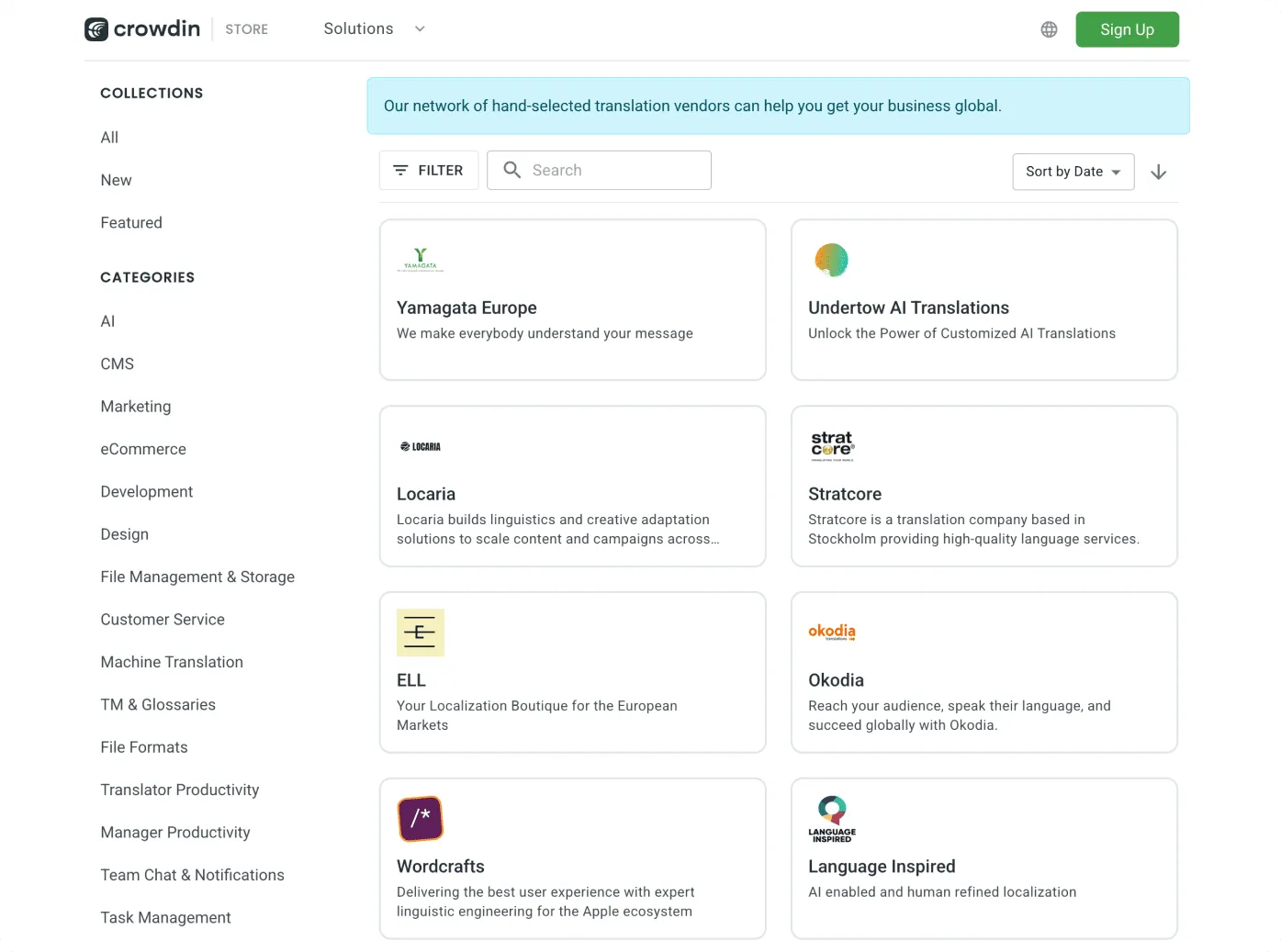
Let’s look at some of these key partners and what makes them stand out.
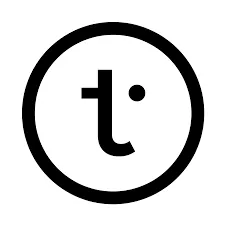 Translated
Translated
Translated combines advanced AI technology with deep human expertise to support global localization efforts. At the heart of their innovation is Lara, a proprietary large language model specialized in translation and localization. Lara enhances speed, consistency, and scalability across multilingual projects. Translated has a network of over 500,000 native translators and copywriters, covering 200+ languages and 40 areas of expertise. With more than 25 years of experience, Translated brings fully scalable processes and a team trained to work within the Crowdin platform, ensuring smooth management of agile translation workflows and continuous localization, powered by AI, by humans, or both.
 Lionbridge
Lionbridge
A global leader in language services. Lionbridge offers a wide range of translation and localization solutions, including using AI. Their Gengo platform provides quick, human translations for general business needs. Lionbridge works with Crowdin to manage large and ongoing translation projects.
 Acclaro
Acclaro
Acclaro provides expert translation teams that help businesses achieve their localization goals. They are known for delivering quick, affordable, and high-quality translations in over 60 languages. They offer the benefits of a large agency with a friendly, client-focused approach.
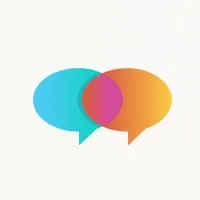 e2f
e2f
e2f experts focus on localizing content for mobile apps and software, supporting over 75 languages. They provide “continuous translation” services. This means websites and apps stay updated even with frequent content changes. e2f focuses on fast, accurate localization with local teams and strict quality checks.
 Beluga Linguistics
Beluga Linguistics
More than just a service provider, Beluga Linguistics created the Beluga Academy. This academy offers a course specifically for learning how to use Crowdin Enterprise. It provides hands-on training to help businesses use Crowdin’s advanced features.
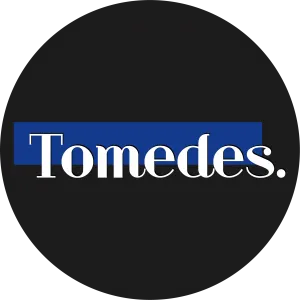 Tomedes
Tomedes
Thomedes offers professional translation services in over 120 languages, with a focus on quick delivery and 24/7 support. They provide a full suite of language solutions: translation, interpretation, and localization. These services extend to apps, games, websites, and software. They combine smart technology with a large network of linguists worldwide.
 Argos Multilingual
Argos Multilingual
Argos Multilingual has over 30 years of experience. They provide language solutions for tech, life sciences, HR, and finance companies. They specialize in creating ongoing translation and localization programs. To ensure quality content, they use new technologies, AI, and data.
 BLEND
BLEND
BLEND aims to help brands feel “native” in different markets. They use AI-driven technology and a diverse global team of linguists. They connect seamlessly with Crowdin to automate translation projects.
By working with these companies, businesses can maximize their use of the Crowdin platform.
Localization in Practice: Stories from Around the World
We’ve talked a lot about what business translation is, what it covers, and how to approach it. Sometimes, real-world examples help us understand better. It’s one thing to hear about “cultural context,” but another to see it in action with real words and ideas.
Business Translation to Spanish: More Than Just “Hola”
Let’s take Spanish, for example. It’s spoken by millions across many countries, but it’s far from a single, uniform language. You can’t just translate something into “Spanish” and expect it to work everywhere from Madrid to Mexico City to Buenos Aires.
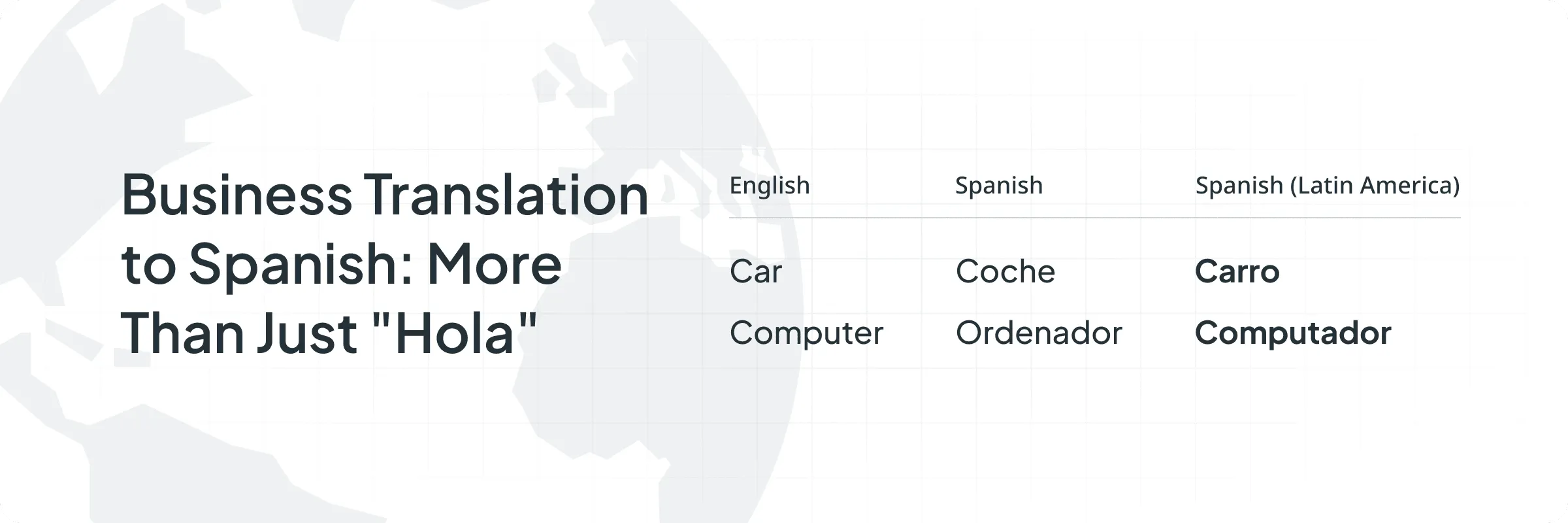
- Words Matter: Think about something as simple as “car”. In Spain, it’s typically “coche”, but in much of Latin America, it’s “carro”. Or a “computer”: “ordenador” in Spain, “computadora” or “computador” in Latin America. Using the wrong word won’t break your business, but it might make your content feel a bit off, like you’re talking at them instead of to them.
- Tone and Formality: The use of “tú” (informal ‘you’) versus “usted” (formal ‘you’) can vary significantly. Some cultures are more formal in business communications than others. Get this wrong, and you might accidentally sound too familiar or too distant, impacting how trustworthy you seem.
- Cultural References: Imagine a marketing campaign for coffee. In Colombia, it might emphasize family gatherings and rich traditions. In Spain, it might focus on quick, social breaks. Your visuals need to align with these distinct cultural experiences, not just the words describing the coffee itself.
Business Translation to Italian: The Art of Emotion
Italian communication often carries a certain warmth and passion. A direct, cold translation of a marketing message might lose its intended impact and come across as distant. You need to capture that sense of connection and flair.
- Embracing “La Dolce Vita”: The concept of “the sweet life” (la dolce vita) is deeply ingrained in Italian culture. Your marketing might need to evoke joy, beauty, passion, and quality of life, rather than just cold facts. It’s about selling the experience your product brings, not just the item itself.
- Formality with Flair: While formality (“Lei”) is important in business, it’s often paired with a certain human touch. A literal translation of a stiff English business email might feel too blunt or impersonal.
- Local Expressions: Just like in English, Italian has countless idioms and common sayings. Using them appropriately can make your brand feel local.
Business Translation to French: Precision and Politeness
French business communication often emphasizes politeness, clarity, and more complex sentences than English. An overly casual or overly brief translation might seem rude or unprofessional.
- The “Vous” vs. “Tu”: Using the informal “tu” when “vous” (formal) is expected in a business setting can immediately make your brand seem disrespectful. French speakers pay attention to this.
- Elegance in Marketing: French marketing often leans towards sophistication and elegance. A quirky or overly simplistic English ad might need to be refined to match this aesthetic, ensuring it feels chic rather than childish.
- Avoiding Anglisms: English words sometimes enter French. However, a professional translator will always choose proper French equivalents. This signals respect for the language and culture, especially in formal business communication.
Business Translation to German: Clarity and Directness
German business communication is often very direct and values precision above all. While this might seem straightforward, translating humor or overly casual marketing can be tricky. It’s about finding that balance where it’s clear and efficient, but still culturally appropriate.
- Facts Over Fluff: German consumers often prefer clear, factual information about a product. Overly flowery or vague marketing copy might be seen as less trustworthy.
- Humor Can Be Lost: Jokes or highly ironic marketing can easily be misunderstood if directly translated. German humor often works differently, so it’s safer to adapt or avoid.
- Data Privacy & Trust: Messaging around data privacy and security is incredibly important in Germany. This is because of strong local rules and what customers expect.
Beyond Words: How to Translate Other Business Elements
And remember how we talked about localization extending beyond just the words? Those non-text elements are just as crucial.
- The Power of a Picture: Let’s take the “thumbs-up” gesture. In most Western countries, it signals approval. Yet, if your marketing materials show this in parts of the Middle East or West Africa, you could accidentally flash an incredibly rude signal.
- Dates, Times, and Units: If your tech specs list dimensions in inches and pounds, that’s fine for the US. But if you launch in Europe, where everyone uses centimeters and kilograms, your customers will be scratching their heads. The same applies to dates: ‘07/08/2025’ means July 8th in the United States, but August 7th in many other places.
- Online Business Translation: Think about the actual design and layout of your website or app. If your product targets a right-to-left market, like Arabic, your entire interface needs to be mirrored. This includes navigation, buttons, and text flow. Some cultures prefer a very clean, spacious design, while others like to see a lot of information.
These examples really make it clear. “Translating your business” isn’t just about words; it’s about adapting every part of how you present yourself. That way, your presence feels authentic, respectful, and truly effective for customers everywhere.
Final words
To succeed worldwide, your business needs a smart plan. You need to understand new cultures and tailor your content for each audience.
Handling international challenges becomes easier when you partner with localization experts. Get your whole team to think globally from the start, and use smart tools like Crowdin.
In the end, good business translation is about always listening, learning, and changing. When you combine expert people with powerful technology, you’re not just changing words. You’re opening new doors, building trust with customers all over the world. Go global, and watch your business grow!
Localize your product with Crowdin
FAQ
What is business translation?
Business translation is the process of recreating your entire company’s essence, including its brand’s voice, products, services, and marketing messages. The goal is to adapt it for effective communication with people in another culture, not just a different language. It ensures your message carries the same impact, feeling, and clarity in a new market as it does at home. This process focuses on cultural relevance and meaning, rather than just exact word-for-word swaps.
What is a Business Translation Service?
A Business Translation Service helps companies adapt their content for global markets. Provided by language service providers or localization agencies, these services: Make sure that the business’s entire message, brand identity, and UX resonate with target audiences.
- Often involves specialized linguists with industry-specific knowledge.
- Manage projects to make complex multilingual work smoother.
- Offer cultural consulting for local preferences and sensitivities.
- Maintain a consistent brand voice across all languages.
- Help ensure compliance with local laws and regulations.
They often involve specialized linguists, project management, and cultural consulting.
What types of content require business translation?
Different kinds of content need different translation approaches. Here are the main types:
- Marketing & Transcreation: This is for catchy slogans, social media posts, or emotional ads. The message is creatively remade to bring out the same feelings in the new language.
- Technical Translation: Needed for clear and exact documents like user manuals, product details, safety guides, and patent applications. It needs linguists who understand the technical field deeply.
- Legal Translation Important for legal papers like contracts, terms of service, and privacy policies. Being perfectly accurate is a must, as small mistakes can cause big problems.
- Online Business Translation: This covers all text on your website, app, or software. It also means changing the user experience (UX) to fit local preferences, such as how dates, money, and buttons look.
Yuliia Makarenko
Yuliia Makarenko is a marketing specialist with over a decade of experience, and she’s all about creating content that readers will love. She’s a pro at using her skills in SEO, research, and data analysis to write useful content. When she’s not diving into content creation, you can find her reading a good thriller, practicing some yoga, or simply enjoying playtime with her little one.
